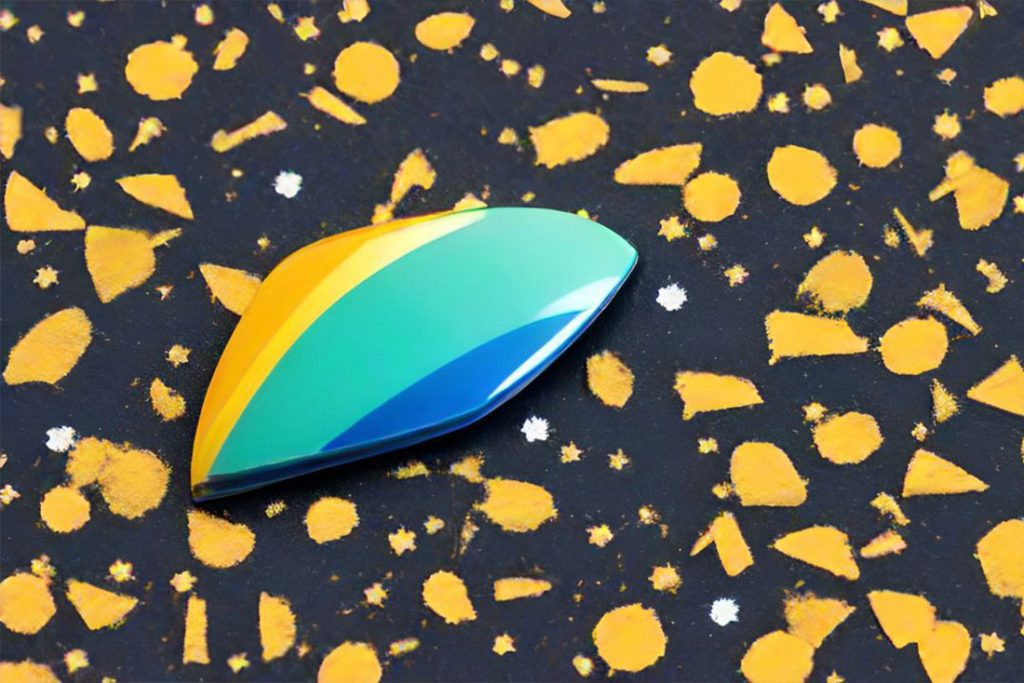An In-Depth Examination of Nail Structures: Crucial Knowledge for Cosmetologists
Understanding the intricacies of nail anatomy is a fundamental aspect of cosmetology. It’s not just about manicures and nail art; it’s about health, safety, and ensuring the best possible outcome for each client. This guide provides an in-depth examination of the nail structures that form the natural nail unit, an essential part of providing professional nail services.

Nail
The Major Parts of the Natural Nail Unit
The natural nail unit comprises several major parts, including the nail folds, proximal nail fold, nail plate, nail bed, matrix, cuticle, eponychium, hyponychium, and specialized ligaments. Collectively known as the perionychium, these parts each have a unique role in the health and growth of the nail.

Nail Folds
Nail folds are the skin that frames the edges of the natural nail on three sides. They function as a barrier to foreign substances and infection, keeping the nail bed and matrix protected. Any damage or infection in the nail folds can significantly impact the overall health of the nail unit.
Proximal Nail Fold
The proximal nail fold is the fold of skin at the base of the nail. It’s crucial in the production of the cuticle, a thin layer of dead, colorless tissue that adheres to the nail plate and the proximal nail fold, providing a seal against environmental pathogens.
Nail Plate
The nail plate is the most visible and recognized part of the nail structure. Composed of hard, translucent keratin, the nail plate serves as a protective shield for the sensitive tissues underneath. Its health and appearance are a testament to the body’s overall nutritional and health status.
Nail Bed
The nail bed is the skin directly beneath the nail plate. Rich in blood vessels and nerves, it provides nourishment and sensation to the nail. Any change in the nail bed’s appearance—such as discoloration or pitting—can be a sign of a systemic disease or local infection.
Matrix
Located under the proximal nail fold, the matrix is the living part of the nail where new cells are produced. These cells become the nail plate as they fill with keratin, harden, and move forward. The size and health of the matrix directly impact the nail’s thickness and length. Any trauma or damage to the matrix can lead to permanent changes in the nail plate.
Cuticle
The cuticle, formed by the proximal nail fold, is a thin layer of dead skin that seals the space between the nail plate and the skin, preventing pathogens from entering the body. Proper cuticle care is crucial to maintaining nail health.
Eponychium
The eponychium is the living skin at the base of the nail plate that covers the matrix area. It is often mistaken for the cuticle. Cutting or pushing back the eponychium can lead to infections and potentially damage the matrix.
Hyponychium
The hyponychium is the area beneath the free edge of the nail plate. It serves as a barrier, preventing bacteria and foreign materials from accessing and infecting the nail bed.
Specialized Ligaments
Specialized ligaments attach the nail bed and matrix to the underlying bone, providing stability to the nail unit. Damage to these ligaments can affect nail growth and health.
In conclusion, possessing a thorough understanding of the nail structures is paramount for any cosmetologist. This knowledge enables professionals to recognize abnormalities, provide effective treatments, and give proper advice on nail care, leading to healthier, more beautiful nails for their clients.






